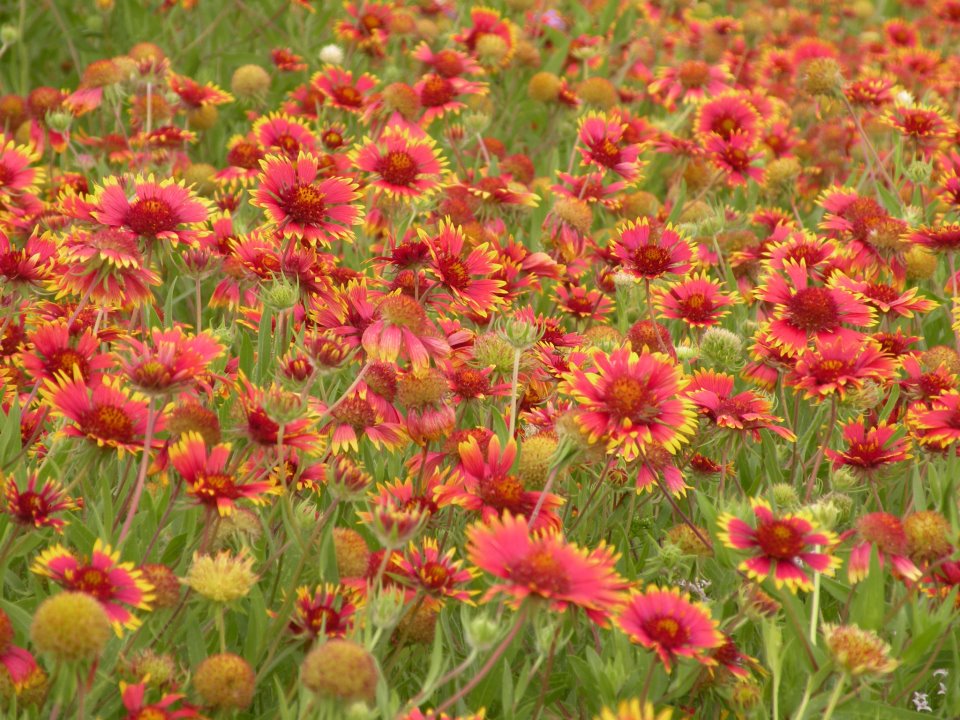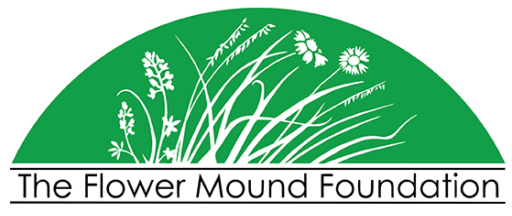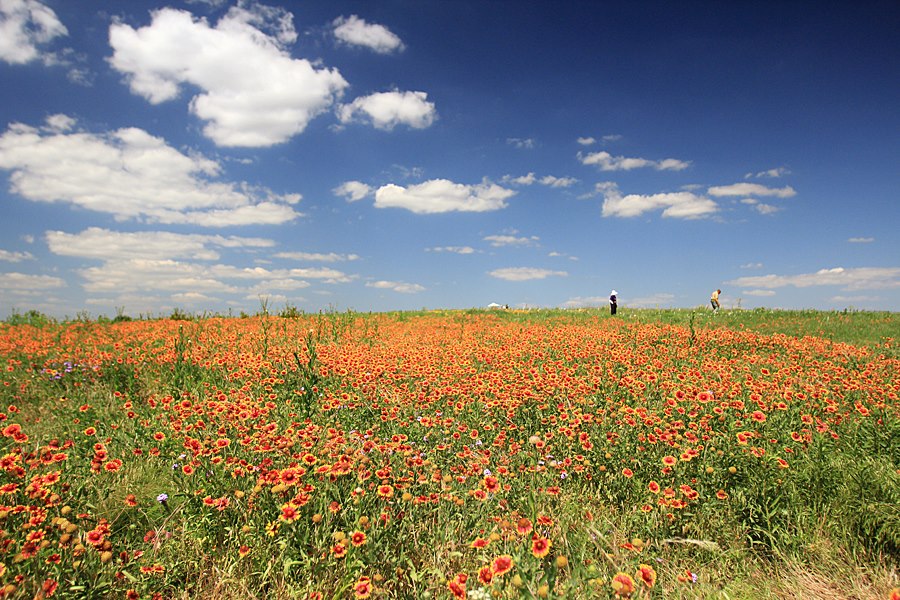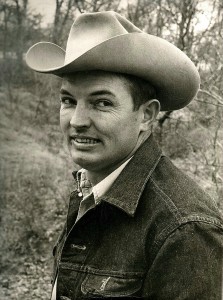By Scott Kiester
This month’s post is about invasives. A subject has been much in the news in recent years and lately on the mind of those of us tasked with preserving the Mound for our town’s residents.
It is also a chance to give a huge Thank You to the many, many Flower Mound residents that have helped with invasive control this spring and in years past.
Invasive species: any nonnative species that significantly modifies or disrupts the ecosystem it colonizes.
Kinda short and sweet considering it’s one big problem. Invasives, both plants and animals, can arrive in new areas through natural migration, or be accidentally introduced or escape after being purposely introduced. The stories are endless, bull frogs on the West Coast, Chinese tallow and Kudzu in the Southern states, grass carp and zebra mussels in the Great Lakes. And of course, Texas’ least favorite invasive, the bane of quail hunters, ranchers, lawn owners and picnickers, the red imported fire ant.
Fire ants first showed up in North America in the 1930’s aboard a ship delivering timber from Brazil to the port of Mobile. As we all know, since then they have moved across the south and into the southwest with a biting vengeance.
That said, without a doubt the vast majority of non-native plants and animals are not invasive. A fair percentage of the plants in my flower beds came from elsewhere in the United States and the world.
Invasive species tend to be fast growing, quickly multiply and overwhelm an ecosystem. Invasive plants are sometimes called disturbed ground species, pioneer species if you’re being politically correct, because they are frequently the first to sprout on bare earth. There are native species that fill this same niche, but time and again they lose out to non-natives for one reason. Invasives have a leg up. They are in a new place where none of the herbivores, diseases or parasites that act as their natural population control are around, so they prosper at the expense of natives.
Pretty much all invasive plants share certain traits. They need lots of sunlight. They aren’t the least bit picky about soil. They usually tolerate a wide range of moisture conditions. They’re almost always annuals so they put all their energy into making flowers. They tend to have tall flower spikes and lots and lots of seeds that are usually spread on the wind, all the better to colonize new areas. Thankfully, they also share one other trait, they don’t compete very well with other plants.
The reasons for that mostly have to do with root systems. Their roots are shallow, short and fibrous so they can suck up rain water before it can run off, but the roots don’t form partnerships with the fungi that live in soil, like over 90% of all other plants, so they’re not very efficient at getting nutrients from the ground. That means once there’s something around that can get to the minerals and nutrients more effectively the invasives mostly die out. There’s also that sunlight thing. When they’re small they’re quickly shaded out by any larger surrounding plants.
On the Flower Mound the most difficult invasive  we have to deal with is giant mustard, also known as mustard cabbage, among other names. It’s Rapistrum rugosum to the botanically inclined. Happily, the Mound already has just about the best defense there is; a healthy, diverse native plant community. Over most of the Mound the stuff just can’t get a toe hold, (or maybe a root hold?), because the dense population of native plants won’t let get started. The best guess as to how it got here from its native range in Central Europe is in contaminated grass seed, but nobody really knows for sure.
we have to deal with is giant mustard, also known as mustard cabbage, among other names. It’s Rapistrum rugosum to the botanically inclined. Happily, the Mound already has just about the best defense there is; a healthy, diverse native plant community. Over most of the Mound the stuff just can’t get a toe hold, (or maybe a root hold?), because the dense population of native plants won’t let get started. The best guess as to how it got here from its native range in Central Europe is in contaminated grass seed, but nobody really knows for sure.
Those of you who have helped out likely noticed that it really only grows near the entrance by the parking lot and along FM 3040. That’s because those are the areas most disturbed by the activity of people coming and going and such. So in those areas we all have to keep on top of it throughout the spring and early summer, that way it has less chance to seed out and spread a new crop.
Up ‘til now we have pretty much controlled it by relying on stoop labor, pulling it up by the roots before it sets any seed. Which works nicely, but it continues the pattern of disturbance by creating new bare spots allowing space for the seeds from this year’s or a previous year’s crop to sprout come October/November.
 The foundation is going to try a relatively new strategy for control starting this fall. In the areas with more open ground we’re going to do what is called over-seeding, scattering seeds of a native species that has about the same growth cycle as the mustard in an attempt to beat it at its own game. The recommended plant species is fire wheel or indian blanket, Gallardia pulchella. If you’re out on the Mound in the next few weeks walk around to the north side there is a huge patch out there.
The foundation is going to try a relatively new strategy for control starting this fall. In the areas with more open ground we’re going to do what is called over-seeding, scattering seeds of a native species that has about the same growth cycle as the mustard in an attempt to beat it at its own game. The recommended plant species is fire wheel or indian blanket, Gallardia pulchella. If you’re out on the Mound in the next few weeks walk around to the north side there is a huge patch out there.
Later in the summer when the seed is ripe it will be collected. After the seed has had a chance to dry, probably on my garage floor (hopefully we won’t have a serious hail storm). It will be formed into seed balls using local clay and soil then scattered along the road and around the gate entrance in the fall. That’s the time of year when both the Gallardia and the mustard will be germinating after rains and forming rosettes, the tiny seeding plants that will overwinter on the prairie. Then we wait patiently for spring to see how well things work out.
Remember the Mound truly belongs to all the residents of the town. On May 10th the Foundation is having an open house on the Mound. Please plan on stopping by. The spring wildflowers should be in full bloom by then. Knowledgeable members of the board will be on hand to talk about the Mound’s history and identify flowers for visitors.
If you or your family are interested in volunteering on the Mound we post opportunities on the Mound website; www.theflowermound.com. The board always appreciates any and all who come out to help.
For more information on invasive plants in our state try Texas Invasives, http://www.texasinvasives.org/ or the Native Plant Society of Texas http://npsot.org/wp/.
Scott Kiester is secretary of the Flower Mound Foundation Board of Directors and has worked with other conservation groups throughout the state. For the last 11 years he has been a certified Texas Master Naturalist. A retired oil company geologist, he also has a Master’s degree in Conservation Biology and is a member of the Society for Ecological Restoration.





Great article, I hope to be able to get involved in helping preserve The Mound. I am a former Landscape Architect that just moved to Flower Mound. Please let me know how I can be of service.